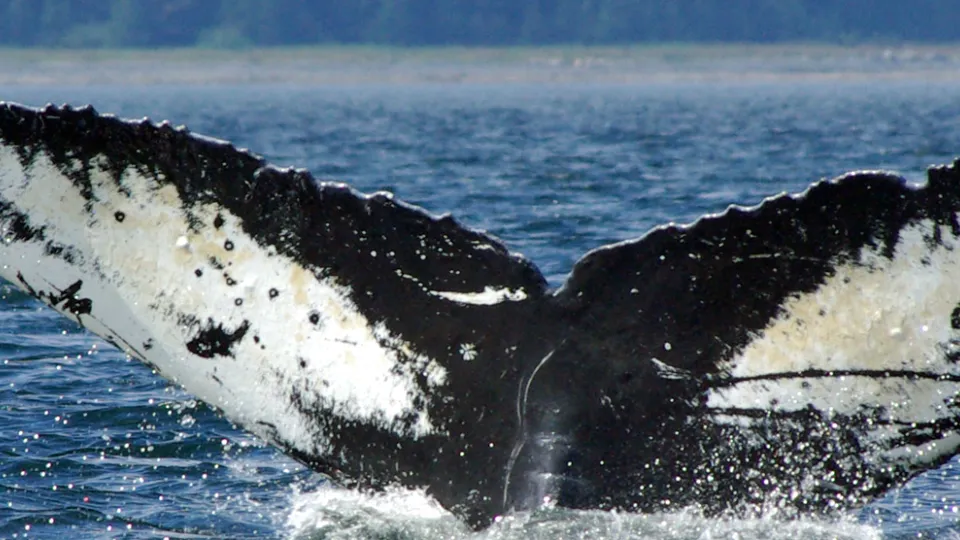
Humpback whale
The humpback whale is making a comeback, with more and more individuals being seen in UK seas every year. They are well known for their acrobatic behaviour - so don't be surprised to see them breach clear of the water!
A taxon is Not Evaluated when it is has not yet been evaluated against the criteria

The humpback whale is making a comeback, with more and more individuals being seen in UK seas every year. They are well known for their acrobatic behaviour - so don't be surprised to see them breach clear of the water!
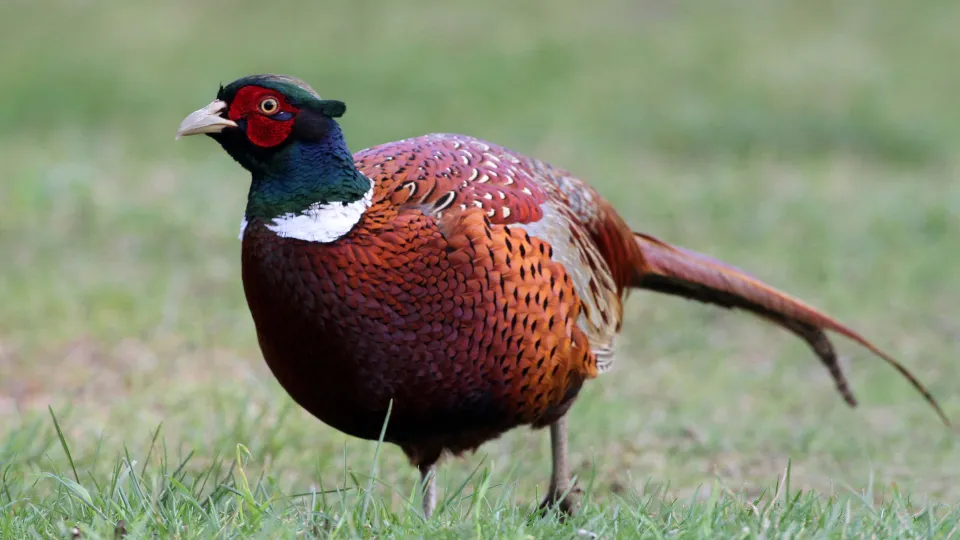
A handsome gamebird, the pheasant is an introduced species that has settled here with little problem. It can be spotted in its farmland and woodland habitats, although you'll probably hear the loud, croaking call of the male before you see it.
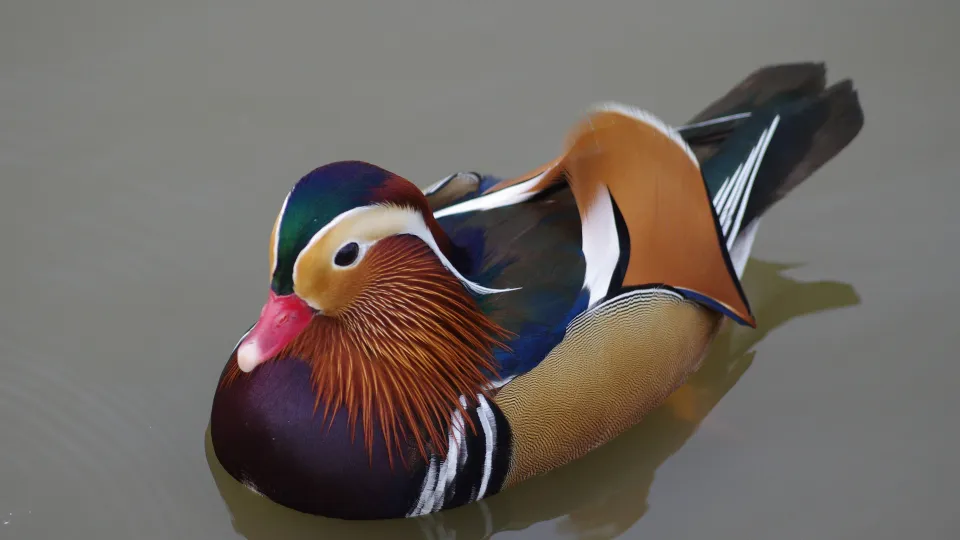
A pretty and distinctive little waterbird, the mandarin duck was introduced from the Far East as its name suggests. Oddly for a duck, it nests in trees, sometimes high above the water.
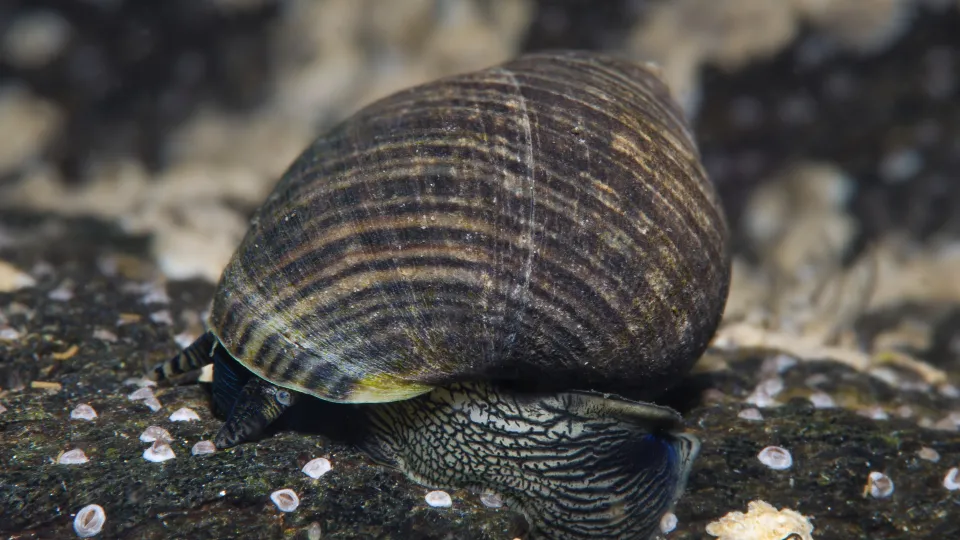
Edible periwinkles are a common sight when rockpooling and can be found in huge numbers on the shore.
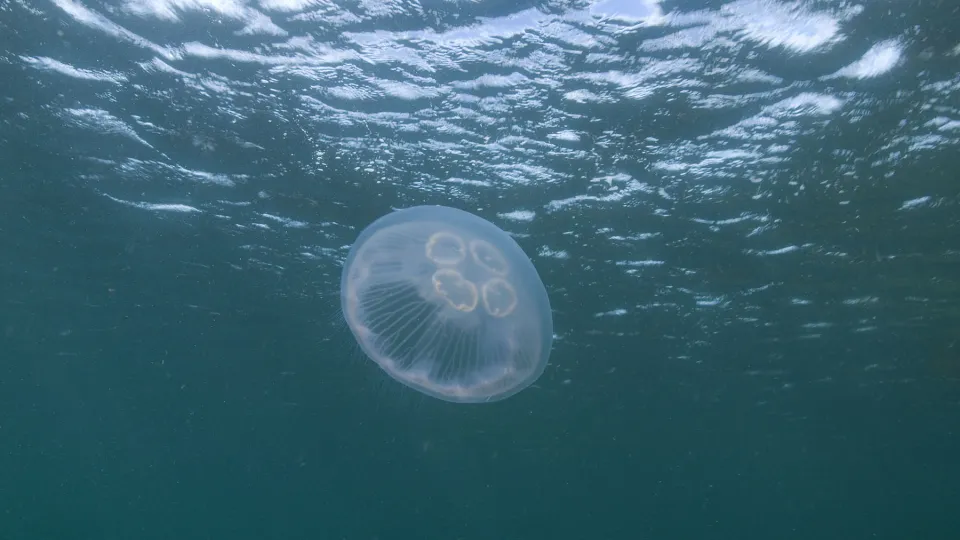
The moon jelly is the most common jellyfish in UK seas, often washing up on our beaches. No need to worry though - it doesn't sting humans.
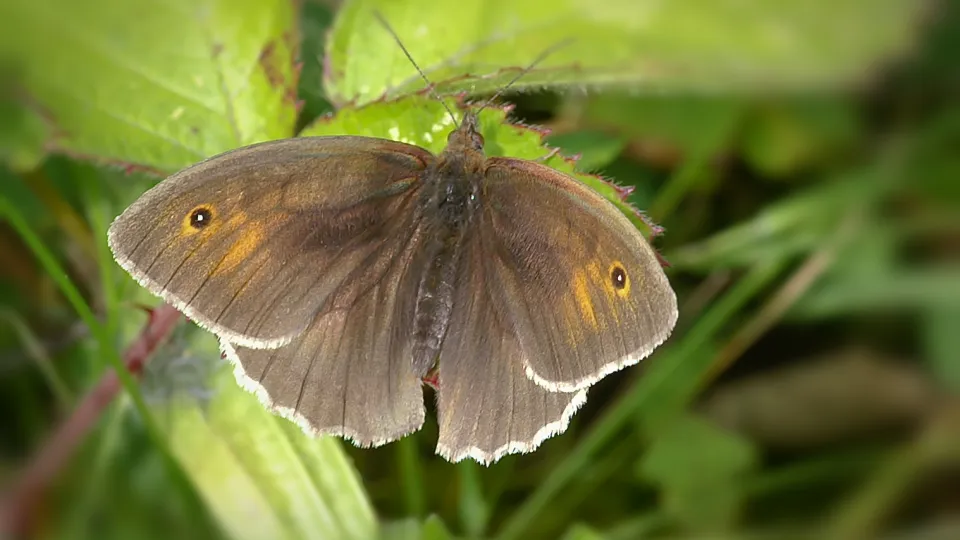
One of our most common butterflies, the meadow brown can be spotted on grasslands, and in gardens and parks, often in large numbers. There are four subspecies of meadow brown.
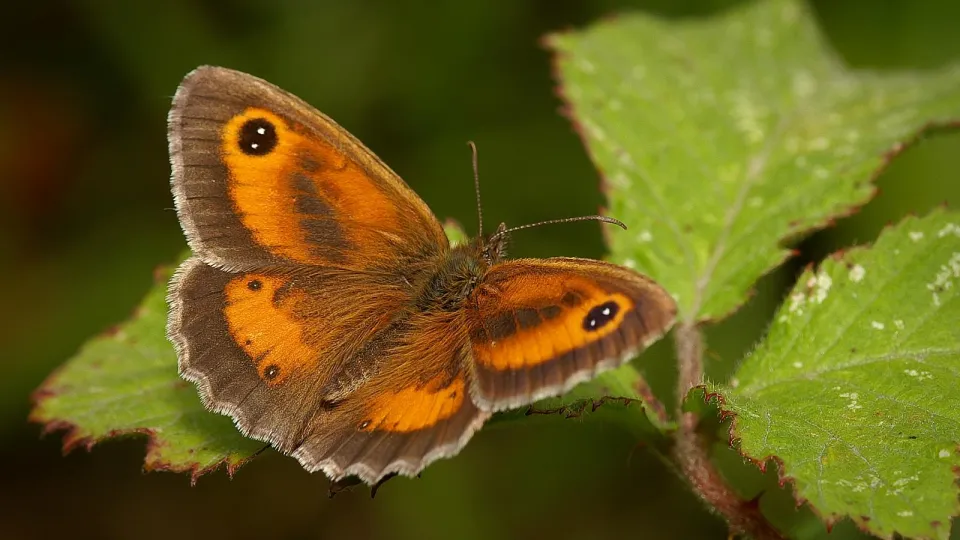
The gatekeeper is on the wing in summer on grasslands, in woodlands and along hedgerows. Look out for the large, distinctive eyespot with two 'pupils' on each forewing.
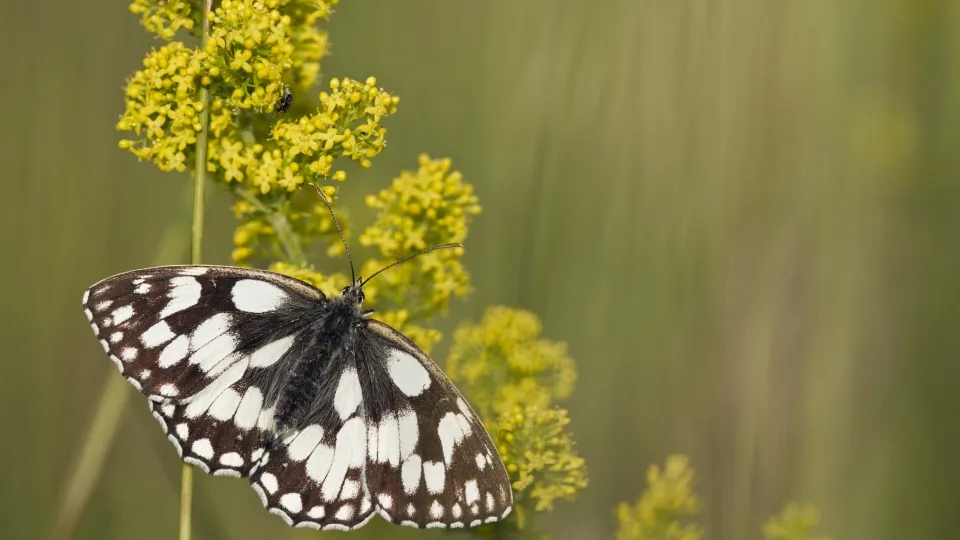
The striking black-and-white checks of the marbled white are unmistakeable. Watch out for it alighting on purple flowers, such as field scabious, on chalk and limestone grasslands and along woodland rides.
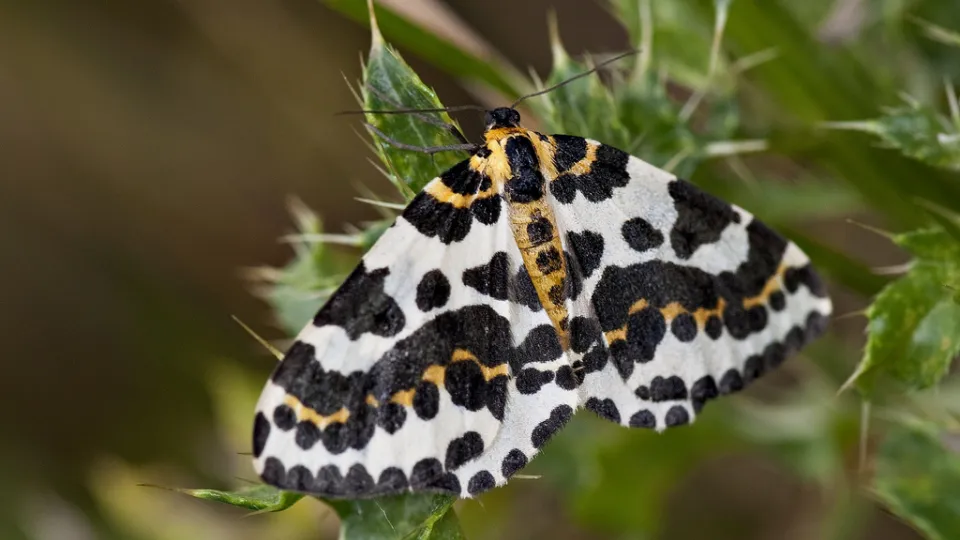
The magpie is a distinctive moth with striking black and yellow spots on white wings. It is a frequent garden visitor, but also likes woodland, scrub and heathland.
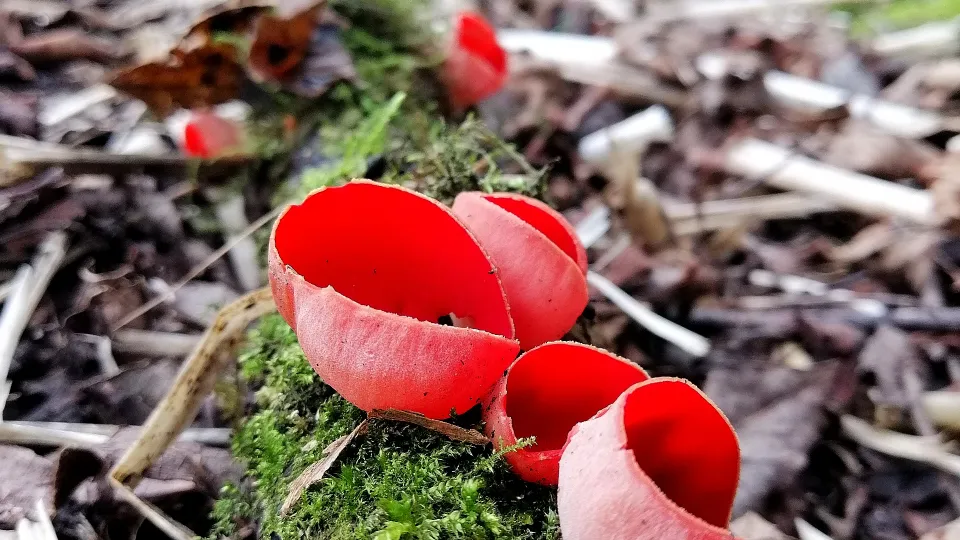
As its name suggests, the scarlet elfcup is a bright red, cup-shaped fungus. It is widespread, but scarce, and can be found on fallen twigs and branches, in shady, damp places.